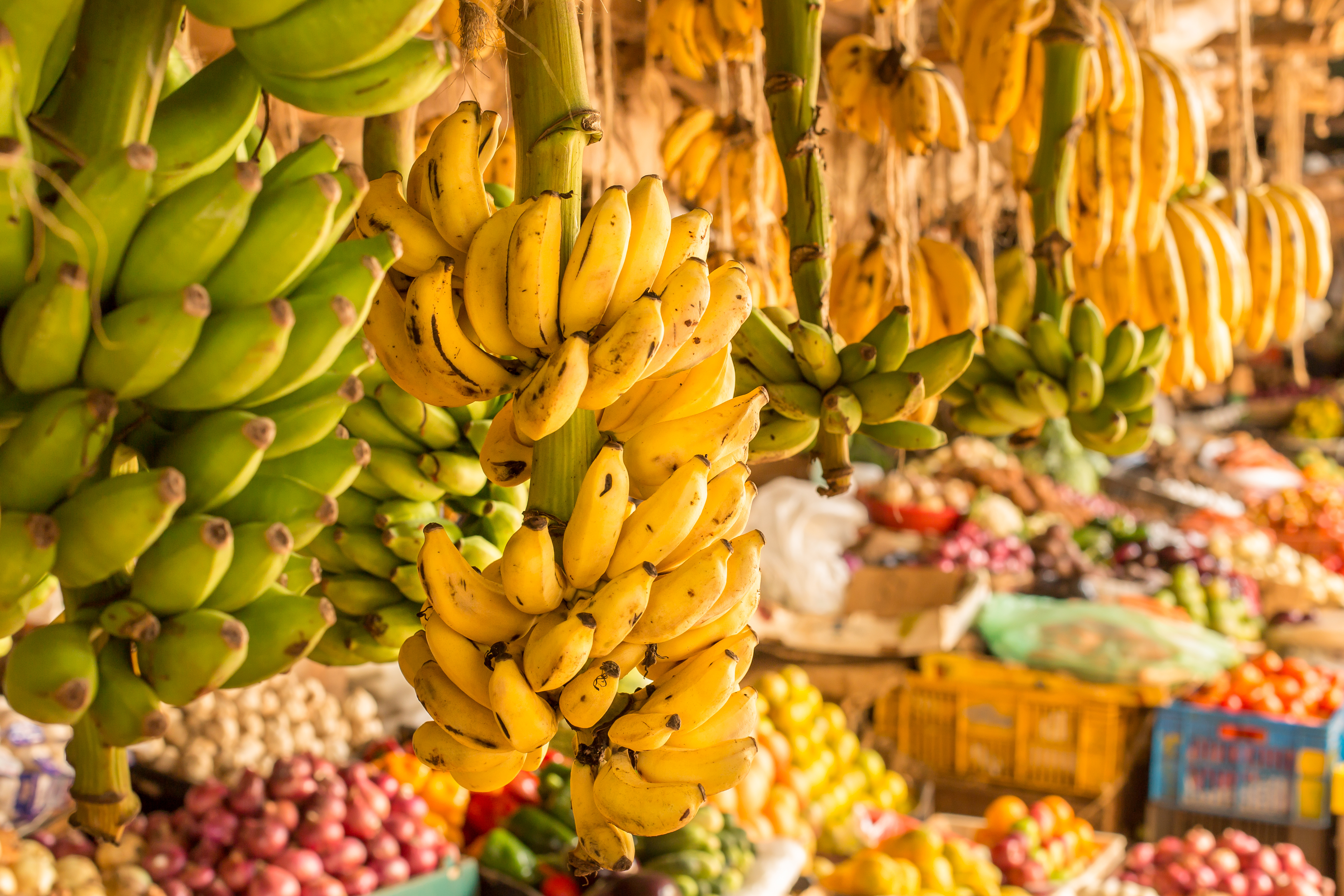To evaluate new technologies for their potential impact on food waste, the authors analyzed each technology based on affordability, usability, scalability, smallholder benefits, post-harvest loss reduction potential, sustainability, energy considerations, and environmental impact.
The report lays out the top 22 innovations the authors believe to be the most important to reduce post-harvest loss in the next five years.
Here we highlight five areas where agrifood tech startups have the largest role to play. Though the report focuses on solutions targeting the developing world, where smallholder farmers are the majority, we have added some startups from the developed world to present a wider range of technologies.
-
Farm to Fork Digital Marketplaces
Farm to Fork Digital Marketplaces represent what the report calls business model innovation, virtually closing the distance between the farmer and the end-user of produce, whether that be an individual household or a large hotel. These platforms often offer some integration with mobile phones to improve communications between the marketplace and farms in order to facilitate picking and packing at optimal times thereby minimizing waste.
Named in the report are Kenya’s M-Farm and India’s Truce. India’s horticultural revolution has led to many such marketplaces, which work directly with farmers and distribute produce to various types of end-users. Some of these include CroFarm, Gobasco, and FarmLink.
2. Traceability Technologies
The report names traceability technologies as a maturing field in the developed world from which the developing world can benefit. “Increased consumer awareness in high-income countries, along with the spread of food-borne pathogens, have helped to drive demand up,” for these technologies write the authors.
The report offers the examples of Kenya’s Virtual City, which offers a suite of mobile-based tools for farmers to manage their supply chains for both livestock and produce including collateral management, distribution services, and financial services.
Also, in this category is arc-net, a Northern Ireland-based supply chain security and analytics company with a cloud-based platform using blockchain and DNA technology to enable food producers and retailers to assure customers of the provenance and authenticity of their products.
San Francisco Seafood traceability company Trace Register produces software that allows buyers to differentiate between the many products they may source, and to connect with the supplier at the point of purchase and consumption. It operates using three platforms: digital traceability, data integration, and data check & analytics. Highly publicized fraud in seafood sourcing has led to a host of traceability technologies focusing on this area.
3. Microbes For Agriculture
The report names microbes for agriculture as an effective tool in decreasing post-harvest loss. Though microbes for agriculture, a technology within the field of Ag Biotech, are largely applied in the field to improve yield or pest resistance of crops, the report indicates that other applications that may mitigate post-harvest loss are on the way.
“Understanding the microbiome is key to understanding how spoilage and disease can be prevented, controlled, and managed. There is a flurry of empirical research currently being conducted on agricultural applications for microbes.,” reads the report.
As examples, the report names Marrone Bio Innovations and New Leaf Symbiotics and Indigo Agriculture – all producers of biological inputs that make crops more stress resistant, thereby increasing yield.
The report also highlights VRM Biologik, a Singaporean company developing ways to use microbes to convert food waste into agricultural inputs.
4. Biodegradable Coatings
The report names water, oil, and wax-based coatings on produce as a promising way to slow decomposition and extend nutrition in fruits and vegetables.
One of the examples given is Apeel Sciences, which uses agricultural byproducts and waste such as orange peels to manufacture a formula that can be applied to fresh produce to extend its shelf life. Another example offered is Washington-based Pace International, which makes coatings and other storage treatments to extend the life of stored produce.
5. Evaporative Cooling Systems
The report names evaporative cooling systems as a potentially impactful investment since they enable low-cost refrigeration without electricity.
Evaptainers as one such startup offered. The Boston-based firm has invented a permeable membrane for a simple foam cooler that allows water to evaporate from an attached one-liter tank, thereby cooling the inside of the container – mimicking how the human body cools itself through perspiration.
The company plans to create two versions of the cooler, one dressed-up version for the high-end outdoor recreation markets in Australia and the United States, and one basic model for the developing world and has a pilot partnership with the United Nations in process in Morocco.
Read the full report for the full list of innovations impacting post-harvest food waste.




